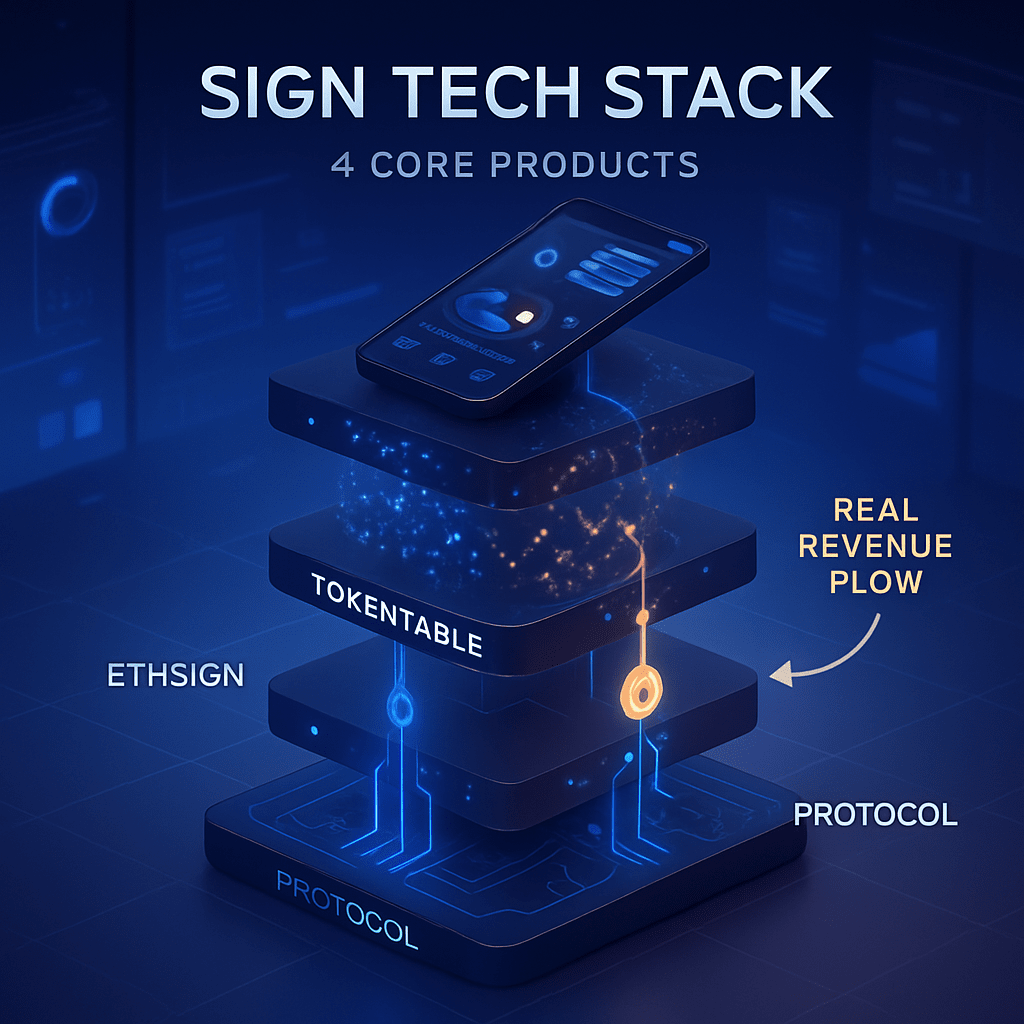I spent hours deeply researching the Sign protocol and discovered a severely undervalued Web3 infrastructure project.
Sign is not just another DeFi token; it is building the world's largest on-chain identity verification and credential system 🔐
Let's dive into why Sign may change the entire blockchain ecosystem game rules:
1️⃣ Core value and market positioning
🎯 Core value proposition
The Sign protocol addresses the fundamental issue of Web3: fragmented trust.
Traditionally, each blockchain is an isolated information island. Your reputation on Ethereum cannot be verified on Solana, and your NFT ownership proof cannot be transferred across chains. Sign fundamentally changes this situation by creating a unified standard for proof across the entire blockchain.
This is not just a technological innovation; it is a revolution in business models.
📊 Market positioning analysis
Total supply: 10 billion SIGN tokens
SuperApp user reservation: 30% (3 billion tokens)
Current circulation: 1.2 billion tokens (12%)
This allocation structure shows the team's commitment to long-term ecological construction. 30% of the tokens are specifically reserved for SuperApp users, indicating that they are building a real user base rather than just speculative hype.
2️⃣ Technical architecture and government cooperation
🏗️ Depth of technical architecture
Sign's tech stack consists of four core products:
1. Sign Protocol: Standardized proof system across the entire blockchain
2. EthSign: Blockchain document signing platform
3. TokenTable: Token distribution execution platform
4. SuperApp: Mobile super application
Most critically, TokenTable already has a mature revenue model. This is not a conceptual project without substance; it is a business application with real cash flow.
🌍 Government-level cooperation
Sign has already advanced SignPass-based national identity projects in Sierra Leone and the UAE, helping governments move national identity systems on-chain.
By 2025, Sign plans to provide sovereign chain construction and on-chain identity verification infrastructure for 20 countries through a Rollup-as-a-Service model.
This level of government adoption is what most Web3 projects dream of, but Sign is already achieving it.
3️⃣ Business model, future development, and investment logic
💡 Business model innovation
Unlike most early coins that develop products later, Sign adopts an "execution-first" strategy:
- First established a stable revenue source with TokenTable
- Then expand the ecosystem around this successful product
- Ultimately launch tokens for value capture
This reverse operation shows the team's business maturity.
🔮 Future development roadmap
Q2 2025: Launch of Sign SuperApp
Q3 2025: Promote government-level product adoption
Q4 2025: Launch of Sign media network
Each milestone has concrete business value, not just hollow technical concepts.
⚡ Investment logic
Sign's investment value lies in the overlay of three dimensions:
1. Infrastructure value: As the underlying protocol for Web3 verification
2. Network effects: Value grows exponentially as more chains and applications connect
3. Government endorsement: National-level adoption provides the strongest moat
The current 12% circulation provides early investors with a scarcity advantage.
🚨 Risk warning
Despite the bright prospects, Sign also faces challenges:
- Ecosystem expansion relies on internal resources
- Need to cultivate an external developer ecosystem
- Execution risks arising from cross-chain technical complexity
Given the team's existing execution record and commercialization success, these risks are manageable.
🎭 Conclusion
Sign is not another hype project, but a pragmatic project that is redefining Web3 trust infrastructure.
From government cooperation to revenue models, from technical architecture to token economics, each link demonstrates mature business thinking.
In a market filled with speculation, Sign represents what Web3 projects should look like: first solve real problems, then capture economic value.
That's why I believe Sign may be the most undervalued infrastructure investment opportunity in 2025.


